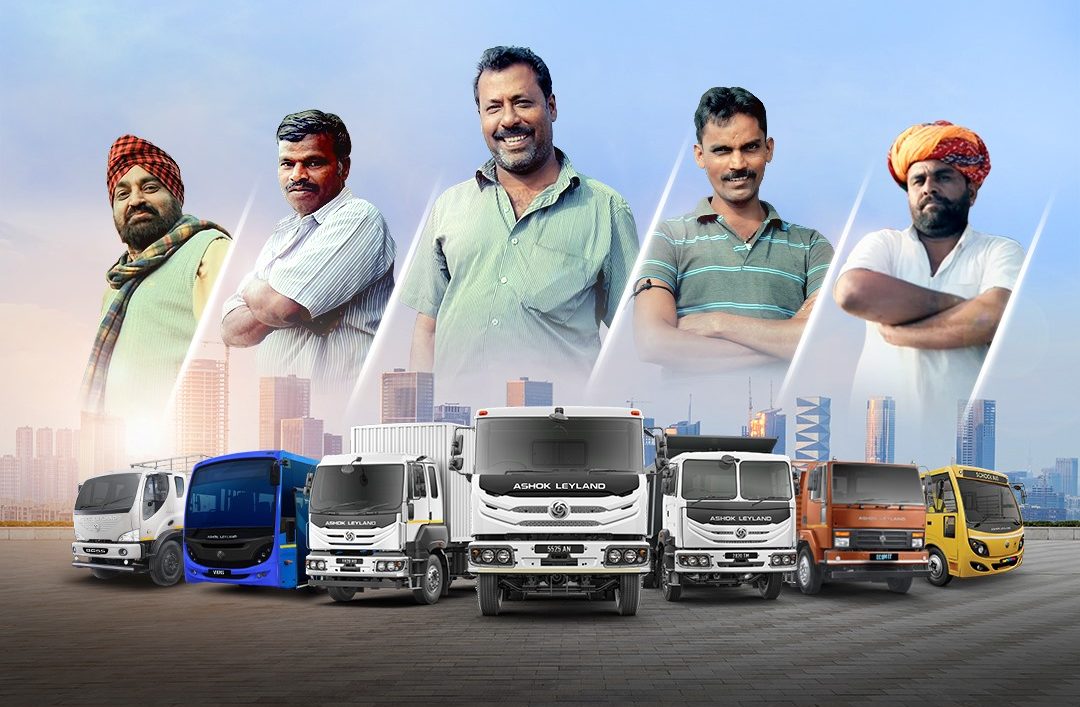
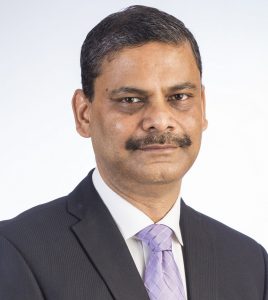
The Indian economy’s key pillar is the transportation and logistics sector. It comprises the fundamentals of our delivery, ranging from essentials to luxury. The crucial link in this transportation system is the driver. With ongoing advancements in the industry and new technologies in automobiles, there is a rising need to concentrate on their training. Today, the commercial vehicle industry is the key component of the GDP and a reliable indicator of the nation’s economic health. However, the sad reality is that trucks were involved in 61 per cent of all road accidents and 58 per cent of all road accidents as secondary factors, according to a study of NH-8A by the Central Road Research Institute (CRRI), New Delhi.
India accounts for 11 per cent of all accidents while having only 1 per cent of the world’s vehicles. According to estimates, road accidents cost India 3-5 per cent of its GDP. Road accidents in India have so far harmed almost 1.3 million individuals, and a survey from the World Bank reveals that 44 per cent of the accidents affected rural households and 11 per cent urban ones.
We at Ashok Leyland have made significant investments to create training facilities as we recognise the need for driver’s education on several fronts, including technology, safety, and traffic laws. Our driver training institutes have two goals: to educate current drivers on safe driving practices and new technologies and to assist in giving the underprivileged community access to employment in a field that needs qualified and experienced drivers.
The obligation of the Government and fleet owners to hire drivers skilled and trained in operating a heavy commercial vehicle grows exponentially as the industry gradually transforms into one driven by technology; as road infrastructure improves; as speed limits on highways and expressways rise; as engine capacity and top speeds of vehicles also trend upward. As the expansion of the sector and the rise in both commercial and passenger vehicles have resulted in a lack of drivers, driver training institutes are becoming immensely important, and they are making efforts to overcome these challenges.
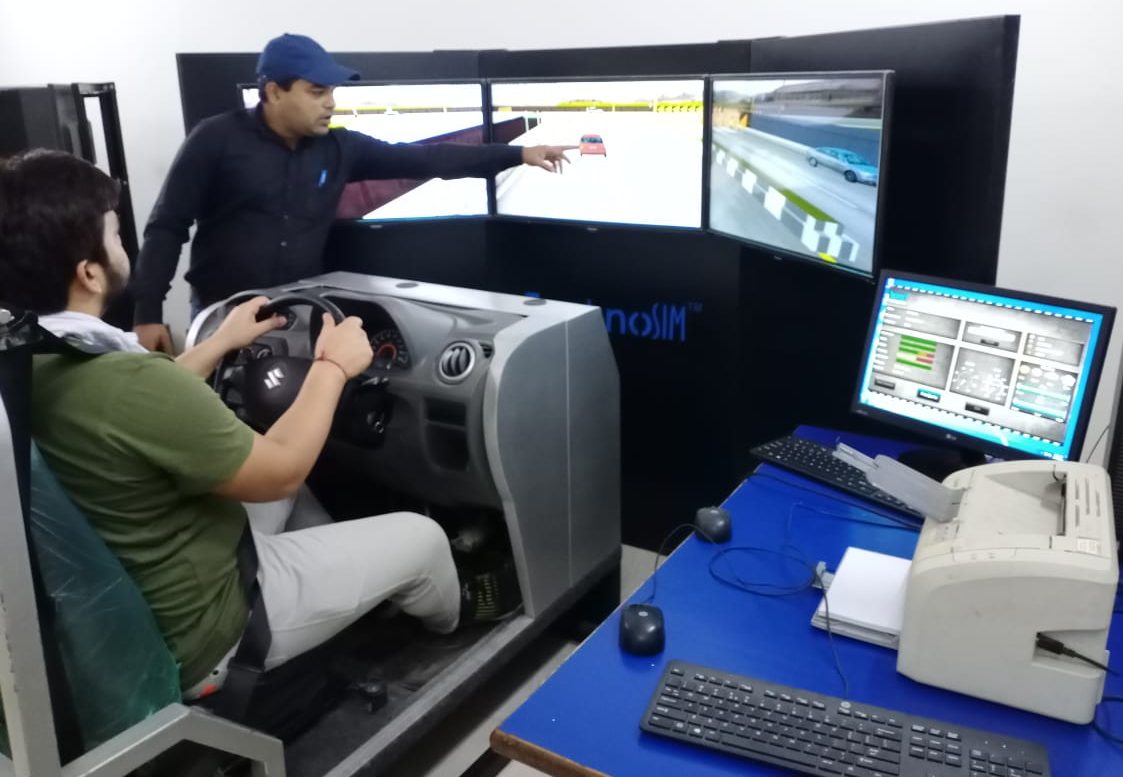 We at Ashok Leyland have made significant investments to create training facilities as we recognise the need for driver’s education on several fronts, including technology, safety, and traffic laws. Our driver training institutes have two goals: to educate current drivers on safe driving practices and new technologies and to assist in giving the underprivileged community access to
We at Ashok Leyland have made significant investments to create training facilities as we recognise the need for driver’s education on several fronts, including technology, safety, and traffic laws. Our driver training institutes have two goals: to educate current drivers on safe driving practices and new technologies and to assist in giving the underprivileged community access to 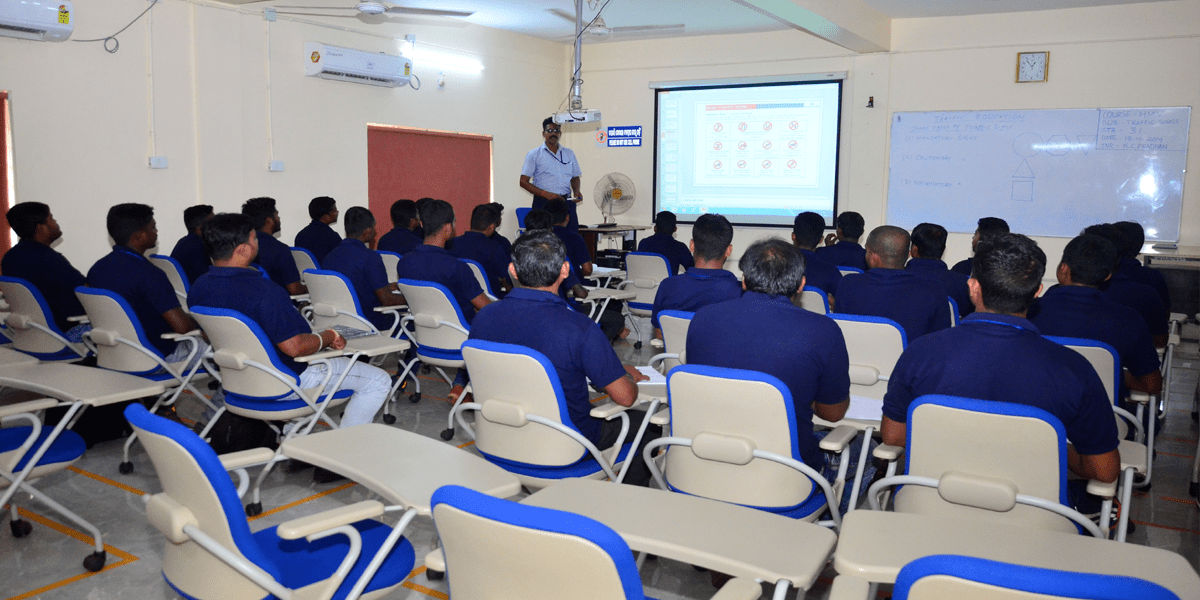 employment in a field that needs qualified and experienced drivers. In addition, our institutes play a significant role in creating awareness regarding road safety through awareness campaigns in association with the RTO, the traffic police at road junctions, transport hubs, and various institutions.
employment in a field that needs qualified and experienced drivers. In addition, our institutes play a significant role in creating awareness regarding road safety through awareness campaigns in association with the RTO, the traffic police at road junctions, transport hubs, and various institutions.
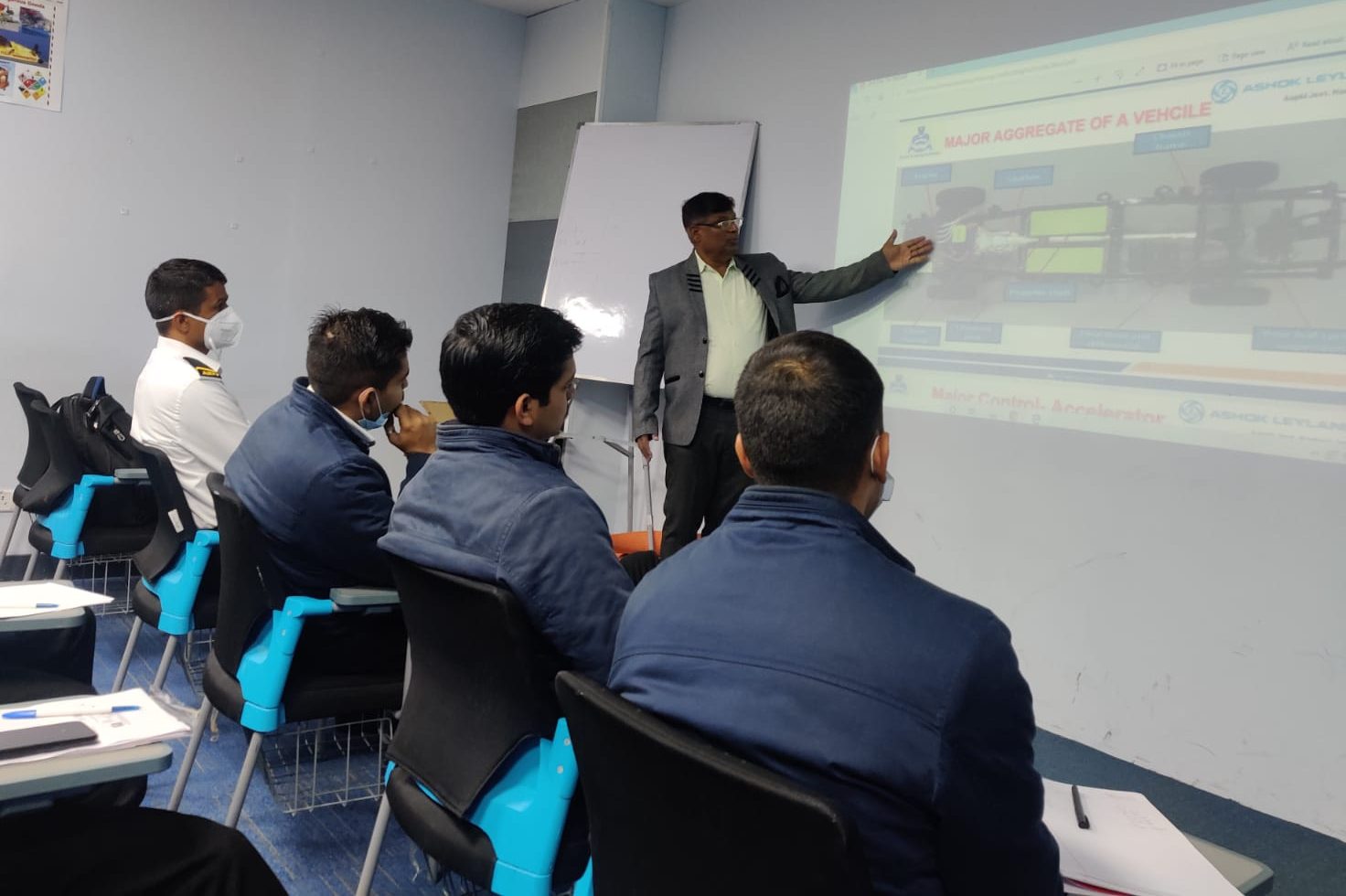 We established our first Driver Training Institute in Namakkal, Tamil Nadu, in 1995, after realising the value of driver education, particularly for commercial vehicles. It spans 25 acres and includes a 15-acre driving range and a huge structure with accommodation for numerous classrooms. Since then, we have opened 11 more centres across India and educated over 18 lakh drivers.
We established our first Driver Training Institute in Namakkal, Tamil Nadu, in 1995, after realising the value of driver education, particularly for commercial vehicles. It spans 25 acres and includes a 15-acre driving range and a huge structure with accommodation for numerous classrooms. Since then, we have opened 11 more centres across India and educated over 18 lakh drivers.
We provide two main courses – Fresher and Refresher Course. Depending on the type of course and skills, the courses range from one day to three months. A typical programme consists of basic skills development, including the Ashok Leyland Signature 18-Point Skill Pack that consists of the following manoeuvres.
- Starting, Moving and Stopping Practice
- Clutch Pedal Control Practice
- Gear Up and Gear Down practice
- Steering Wheel Handling
- Accelerator Pedal Handling
- Foot Brake Pedal and Hand-Brake Lever Handling
- U-Turn, 3-Point Turn and 5-Point Turn
- Reversing and Turning (RH & LH)
- S-Bend and 8-Bend (Forward and Reverse)
- Parking – Angular, Perpendicular, Parallel Parking
- Emergency Stopping Practice
- Stopping and Following Distance
- Push Start Practice
- IPDE – Practice
- MSMPSL – Practice
- Stopping Vehicle Without Brake Practice
- Practices in Bends, Cornering
- Parking in Slope Practice and 3-Point Turn in Slope
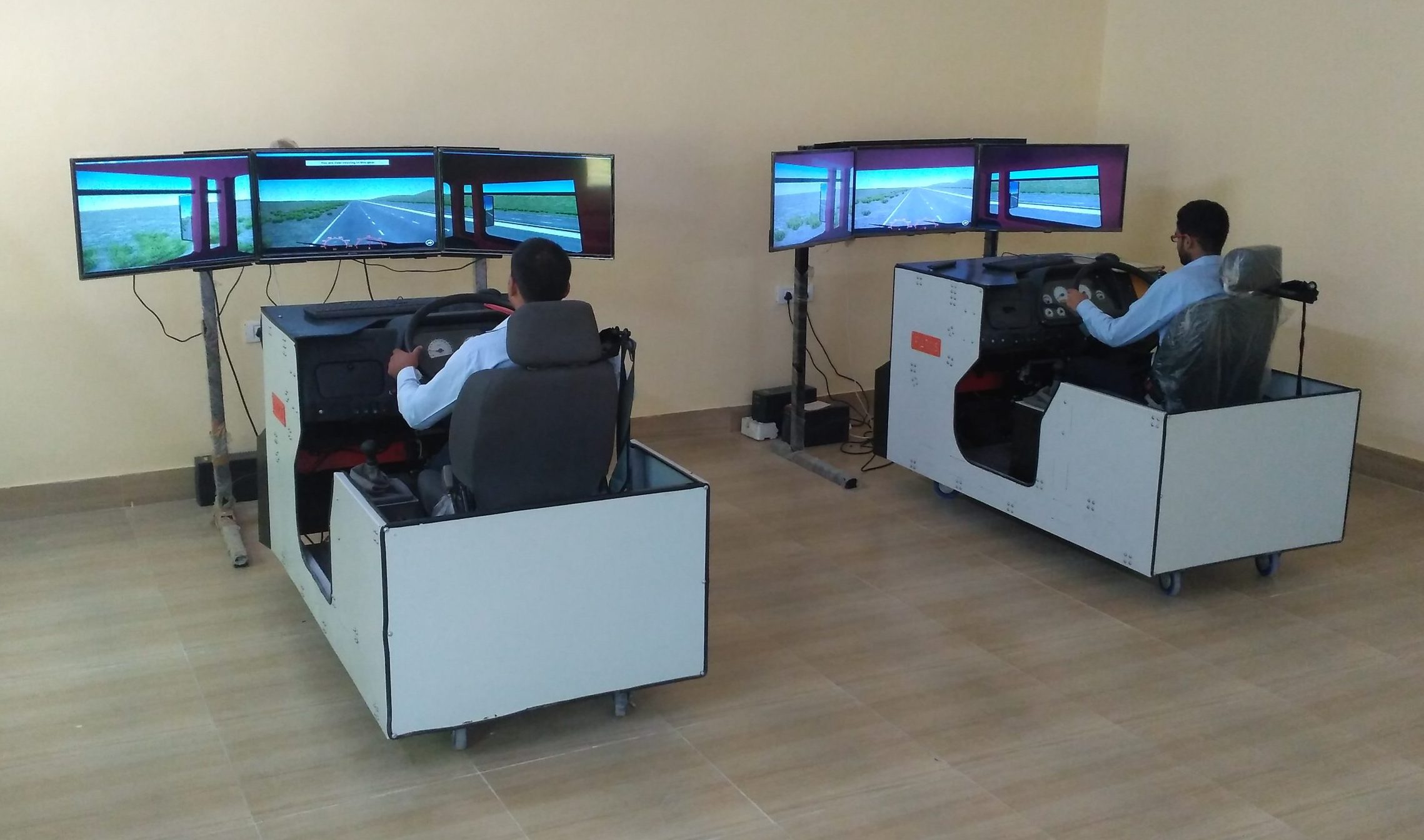
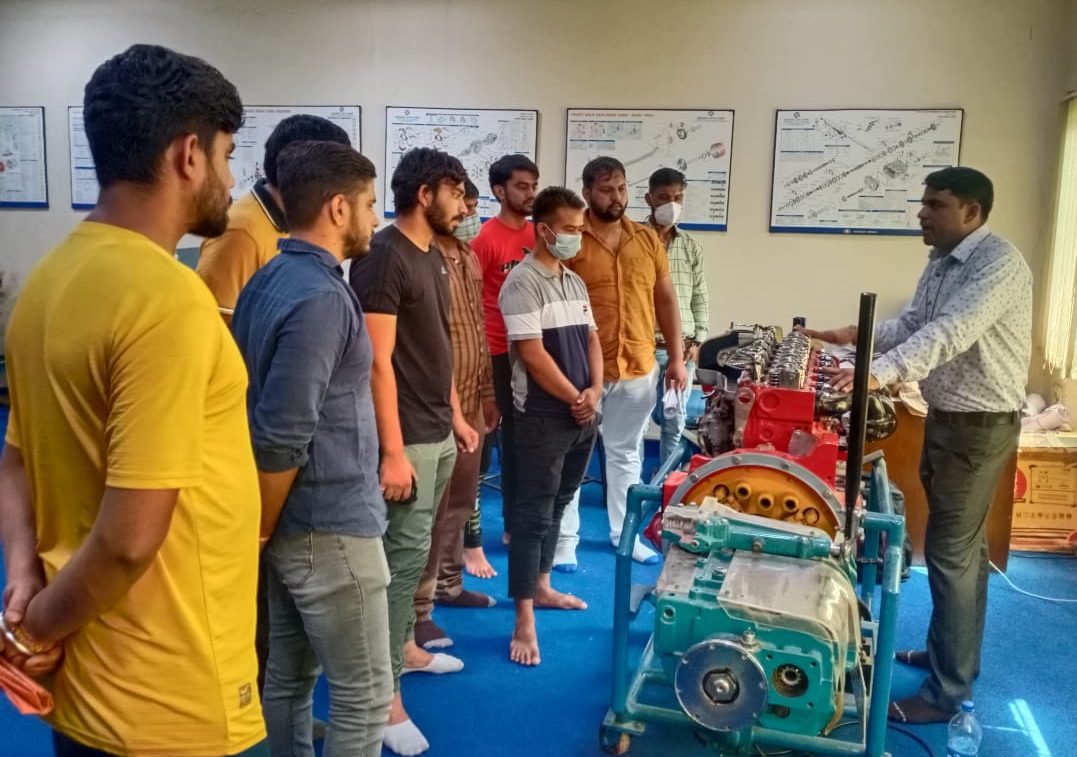
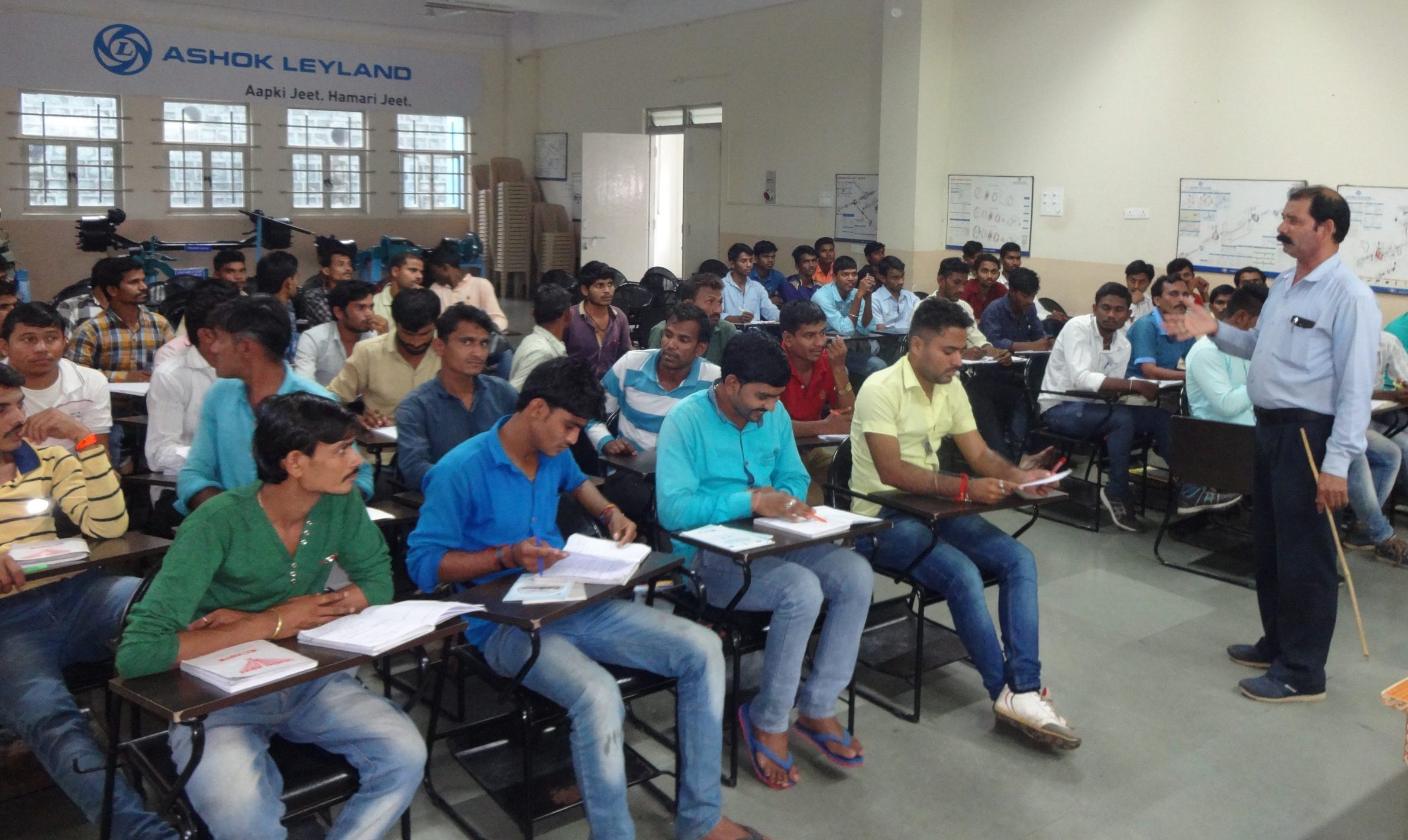
The training tracks are equipped with electronic signals, road signs, markings and streetlights for night driving – the main aspects of highway driving. It is evident from the layout of the test roads that all the skills needed for efficient driving are kept in mind while designing the track. The four-lane road, six-lane road, parking yard, junctions, crossings, three-point turn, kutcha (off-road) roads and five-point turn roads reproduce real road conditions.
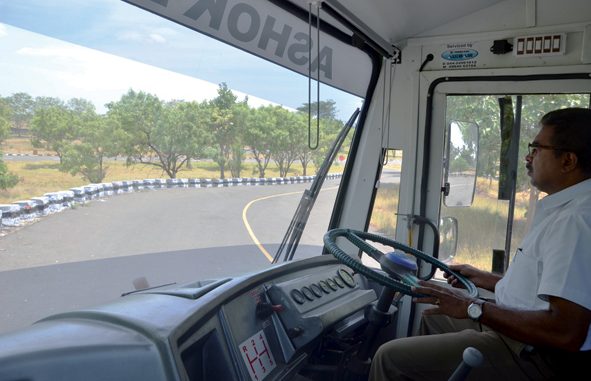 Some of the configurations include 12-meter buses, 20 ft. tractor-trailers, 40 ft. tractor-trailers, multi-axle vehicles and vehicles fitted with front engine, rear engine, manual steering, power steering, constant mesh gearbox, synchromesh gearbox and air suspension. The basic fresher programme trains trainees in different vehicles for one to three months.
Some of the configurations include 12-meter buses, 20 ft. tractor-trailers, 40 ft. tractor-trailers, multi-axle vehicles and vehicles fitted with front engine, rear engine, manual steering, power steering, constant mesh gearbox, synchromesh gearbox and air suspension. The basic fresher programme trains trainees in different vehicles for one to three months.
We annually train about 37,200 (1,200 freshers and 36,000 refreshers) drivers. Through superior driving techniques, our scientific approach at driver training schools seeks to help new drivers achieve low-accident rates, long car/aggregate life, and higher operational economics.
We ensure that the students are exposed to different driving circumstances in our cutting-edge training facilities, including nighttime driving, elevated highways, and 8-shape turns. We teach the driver trainees the driving simulator at the start of the programme, which gives them benchmark-driving skills as quickly as feasible. Road management is one of the many driving-related topics we focus on. The programme includes instruction in defensive driving, fuel efficiency, and even vehicle repairs and upkeep.
The goal is to aid marginalised youth in obtaining the necessary training to find employment in a burgeoning sector. Different groups of trainees are either self-enrolled or mobilised through the sponsored initiatives of the Government and corporations. Our funded programmes focus on people living below the poverty line and in the tribal belts. Training of women drivers is currently receiving more attention. Additionally, our institutes aid in training drivers for various STUs, the military and private businesses.
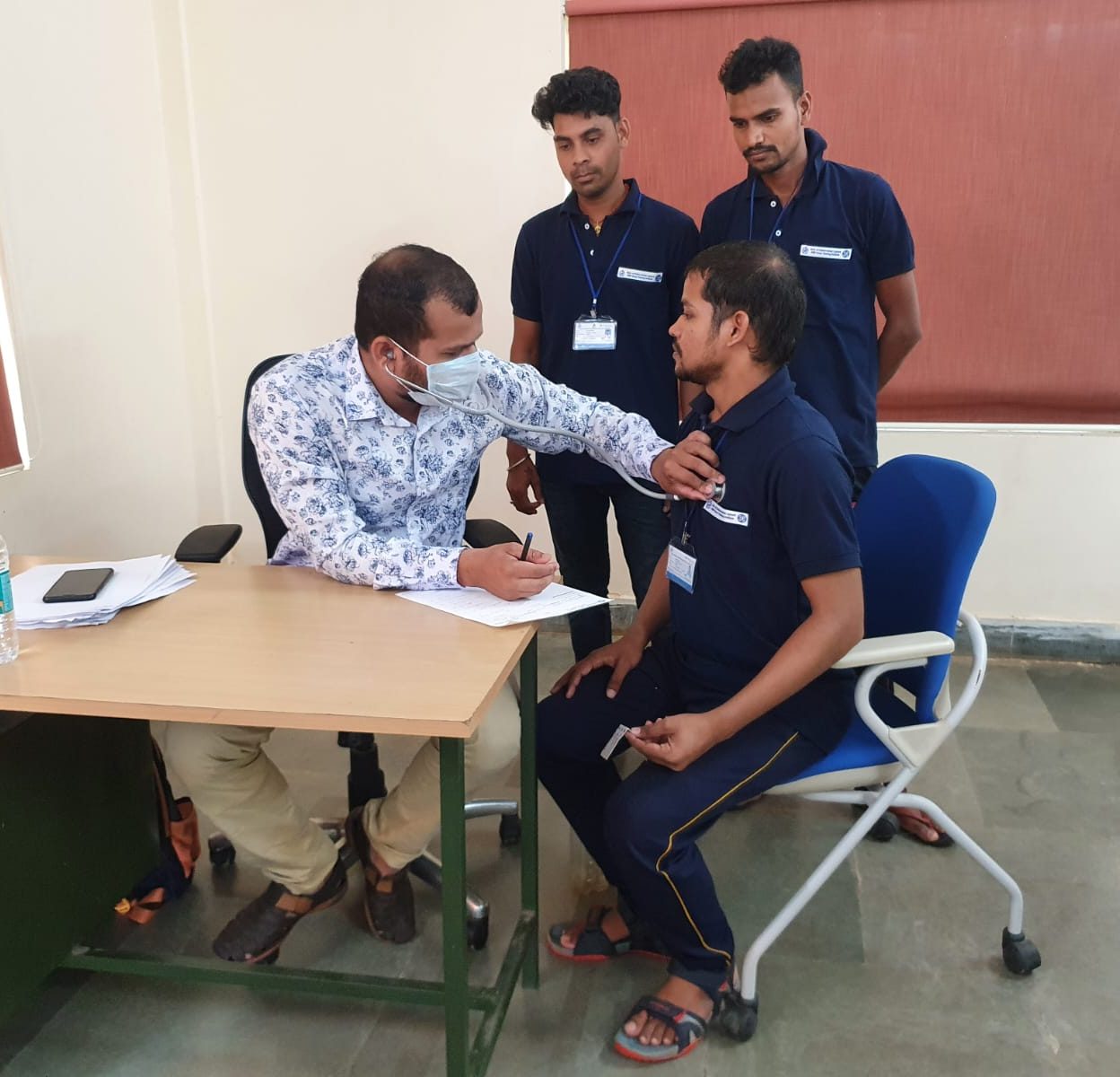
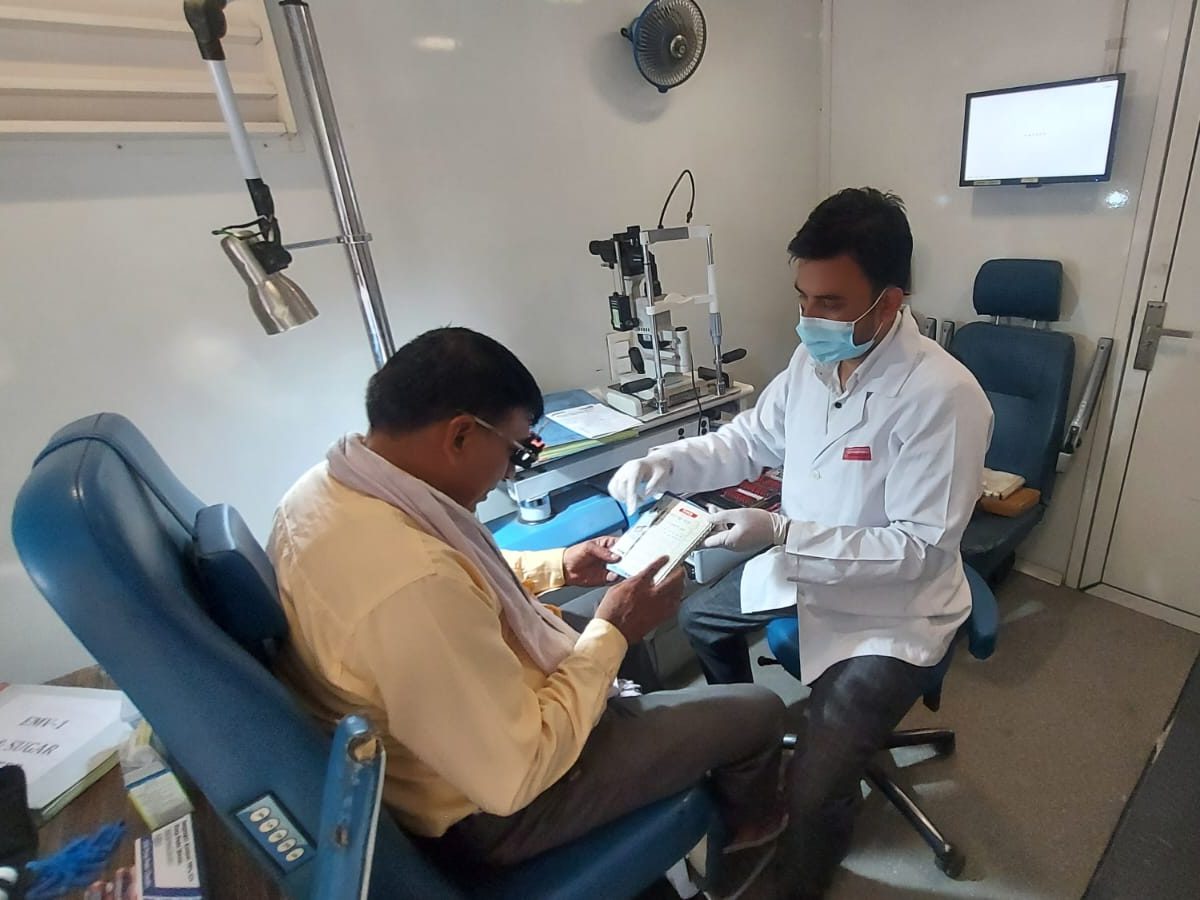
We ensure the trainee drivers receive training not only for safe driving but also in managing the stress and demands that come with working in the tough field of logistics, which includes long working hours. We offer classes on yoga, stress management, First Aid, firefighting training and awareness about lifestyle diseases like BP, sugar, etc.
We have trained and helped employ 8,100 people in the freshers’ course while 1,70,000 people refreshed their training and knowledge on new technology through the refreshers course in FY 2022. We are glad to share that our institute has trained 1,055 women. They are now financially independent and gainfully employed.
The goal is to aid marginalised youth in obtaining the necessary training to find employment in a burgeoning sector. Different groups of trainees are either self-enrolled or mobilised through the sponsored initiatives of the Government and corporations. Our funded programmes focus on people living below the poverty line and in the tribal belts. Training of women drivers is currently receiving more attention. Additionally, our institutes aid in training drivers for various STUs, the military and private businesses. Our institutes also provide specialised hazmat training for drivers transporting hazardous materials for Reliance, Adani, IOC, and private operators.
With more focus on training women drivers, especially for buses, the Delhi Government has collaborated with our institute at Burari to train 180 women for DTC buses. We have successfully trained 89 women drivers on HMV Driving. The third batch is in progress. Some of the trained women drivers are now employed by DTC, while other trainees are undergoing the recruitment process for other companies.
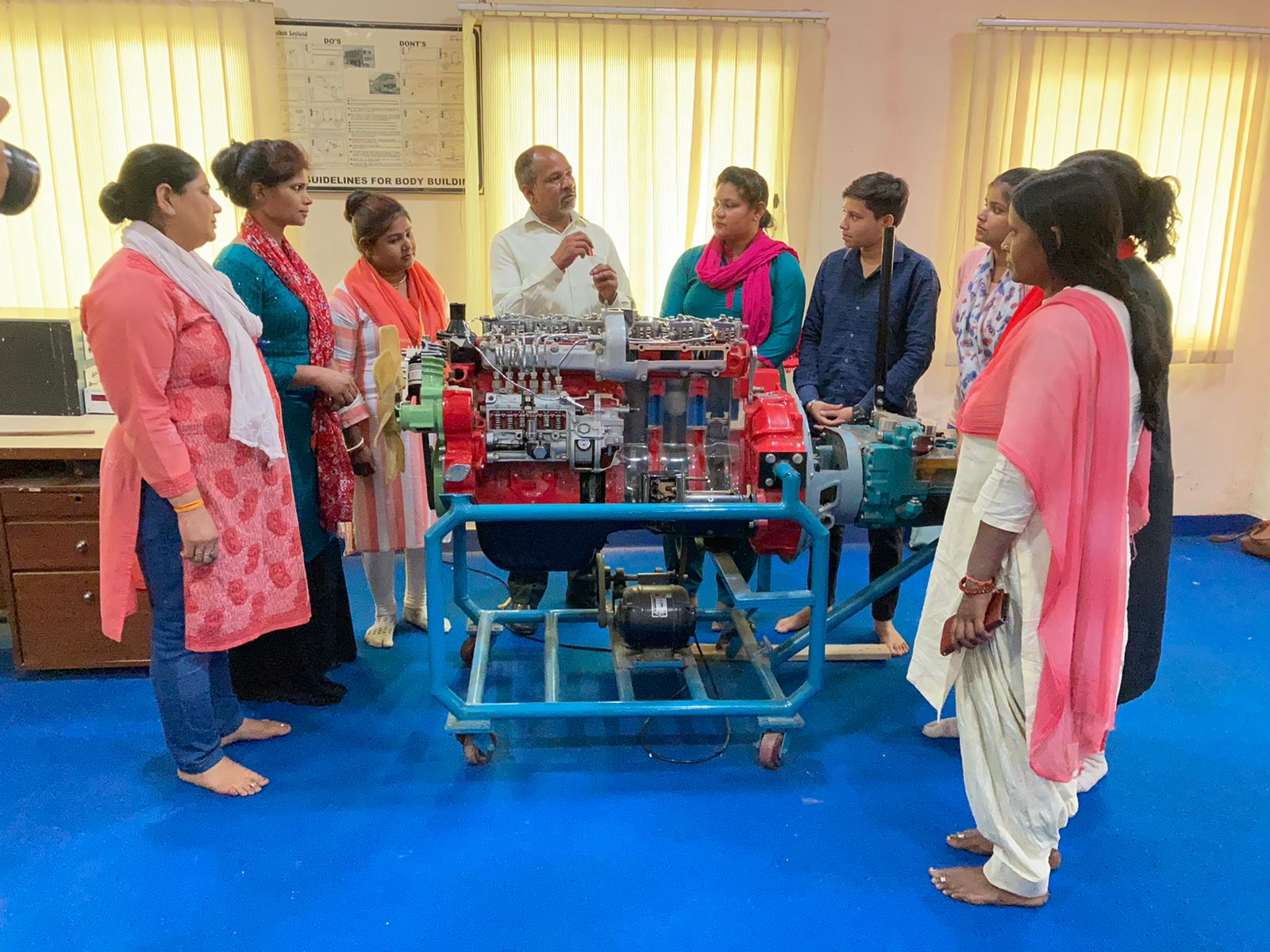
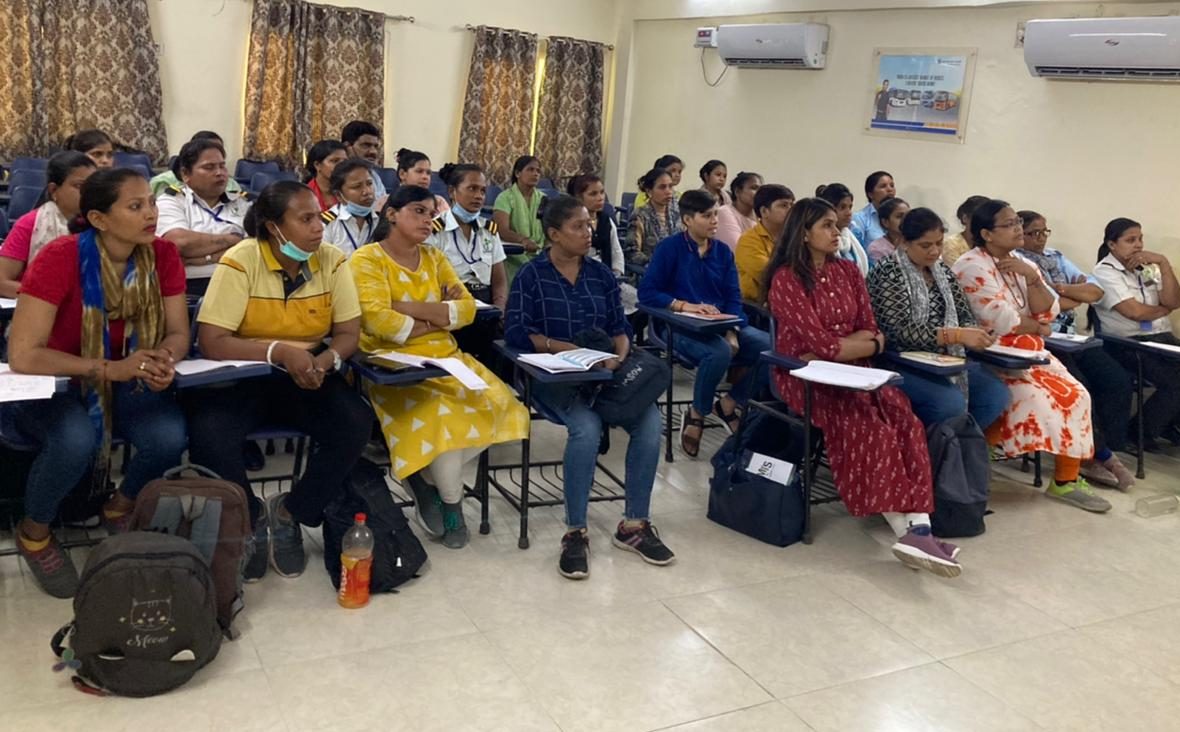
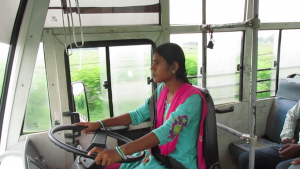
We want to continue our efforts to train more people, with particular emphasis on trainees from marginalised backgrounds so we can offer them a skill for employment and a source of income.
The fees charged for the training are nominal compared to the training, experience, and infrastructure provided and based on the Fresher and Refresher duration of the programme and the usage of hostel facilities at the institutes. We offer eligible candidates scholarship courses under various schemes run by the State and the Central Governments, a few among them being the DDUGKY, Government of Odisha Employment Mission, Tribal Welfare Funds by the Forest Department, Western Coalfields, etc. Apart from the Government, private companies like Bridgestone, Hindustan Zinc, IOCL, and fleet owners offer eligible candidates enrolling for DTI courses. Under the sponsorship scheme, the sponsoring agency pays the course fee to the institutes.
For freshers, we have the Central Government sponsoring the Star Initiative Programme, a skill development programme of NSDC and ASDC. The Government provides Rs 15,000 per person, which includes providing them with a license.
Our primary objective is to assist the drivers in getting jobs. We also offer job assistance to the driver trainees to help them find lucrative employment with Ashok Leyland customers. We hold employment fairs and invite fleet operators to interview candidates within the DTC campus. We also collaborate with eCommerce companies like Lets Transport, Ashra Technologies, VRL, Sai Transport, etc., to hire LMV drivers for last-mile connections.
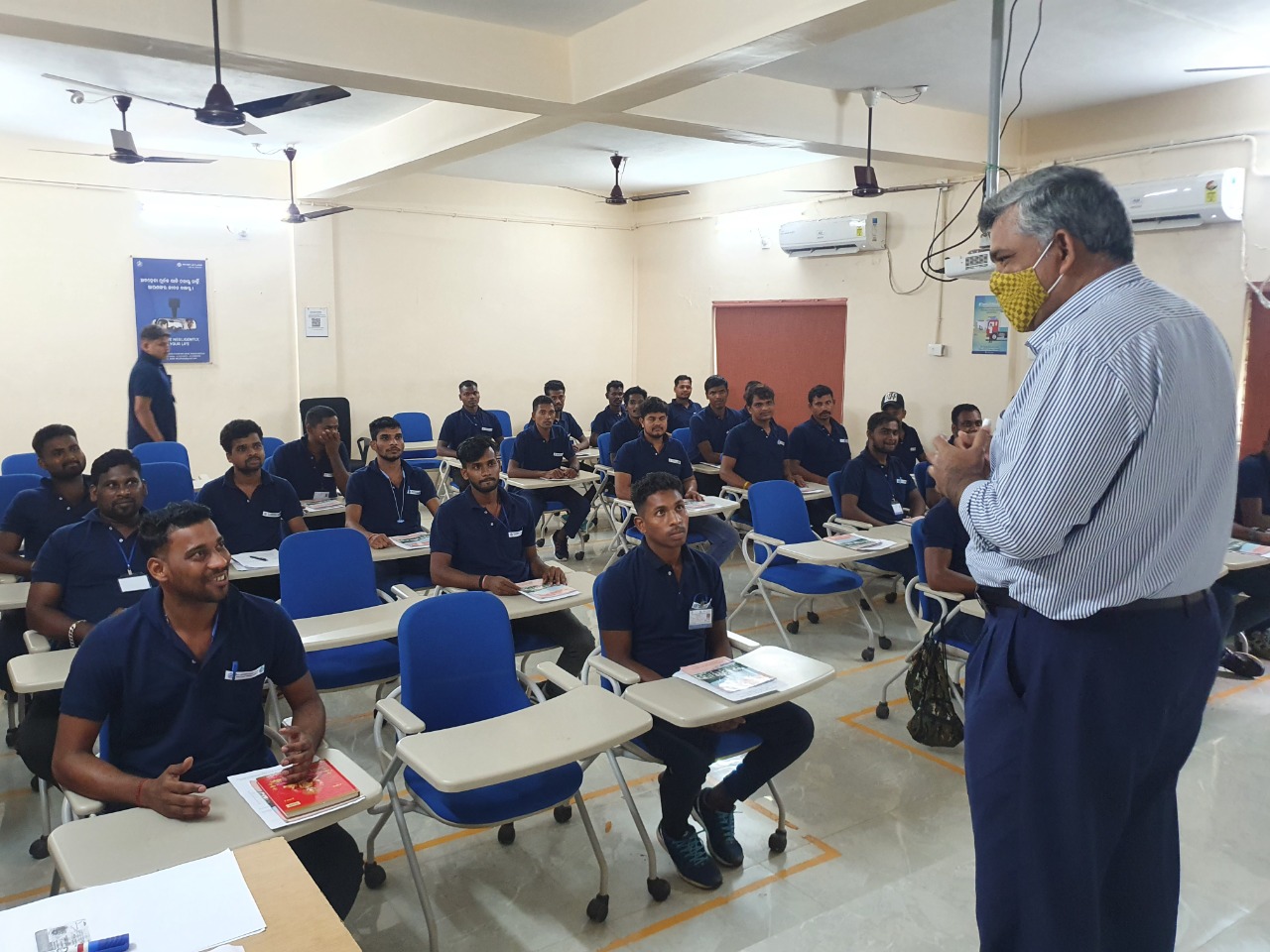
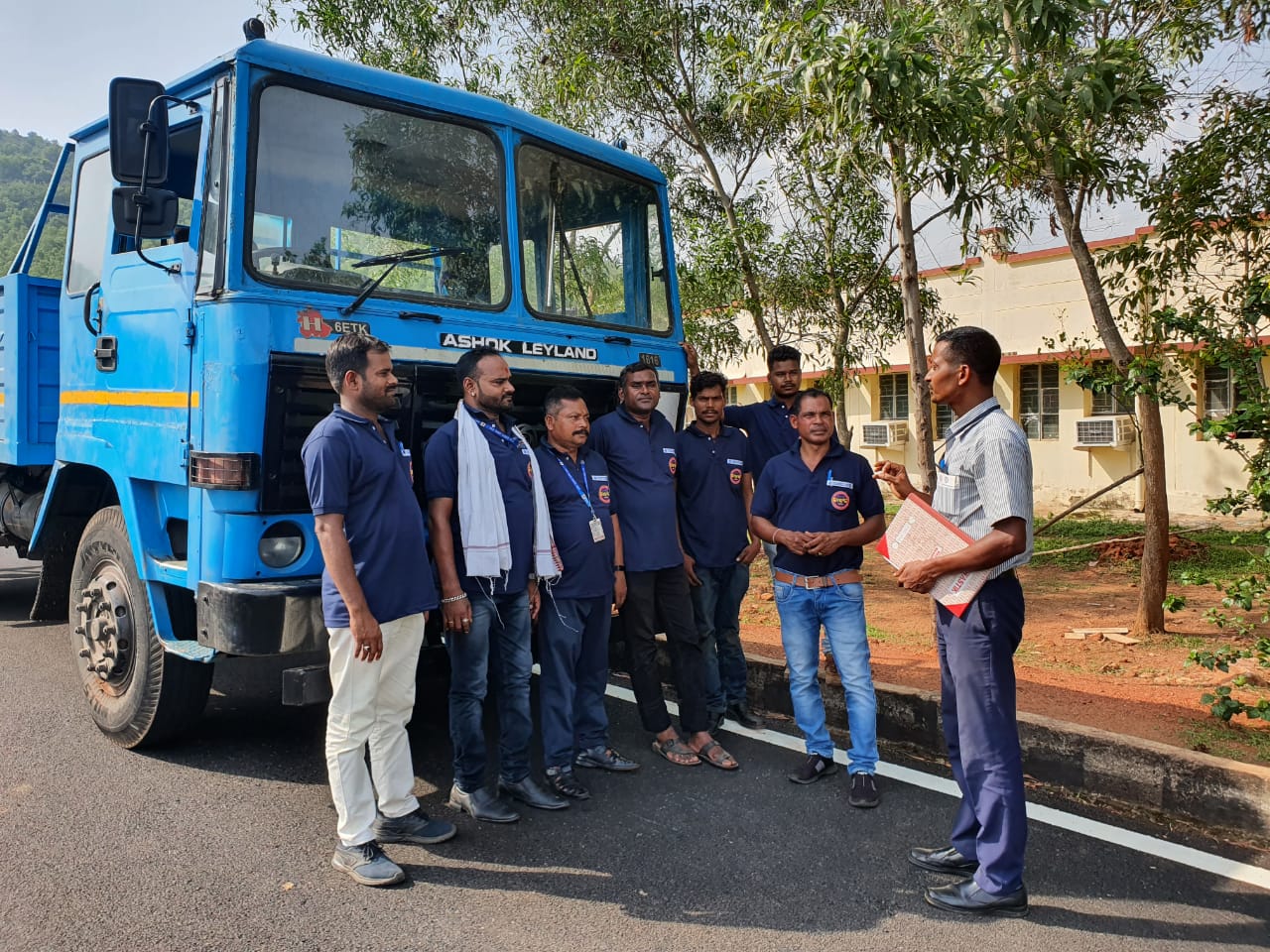
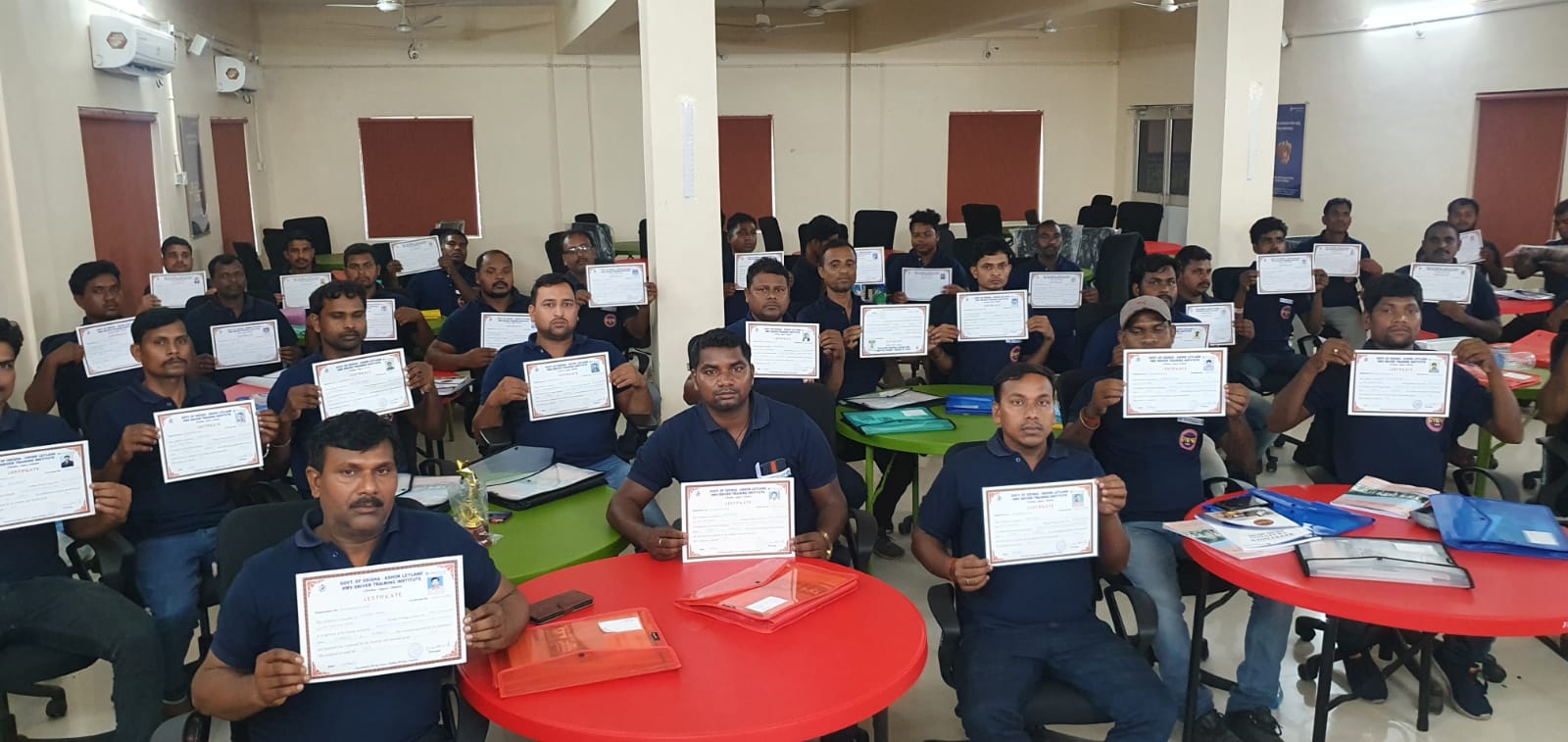
We at Ashok Leyland want to continue our efforts to train more people, with particular emphasis on trainees from marginalised backgrounds so we can offer them a skill for employment and a source of income.

